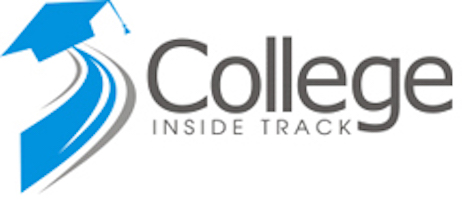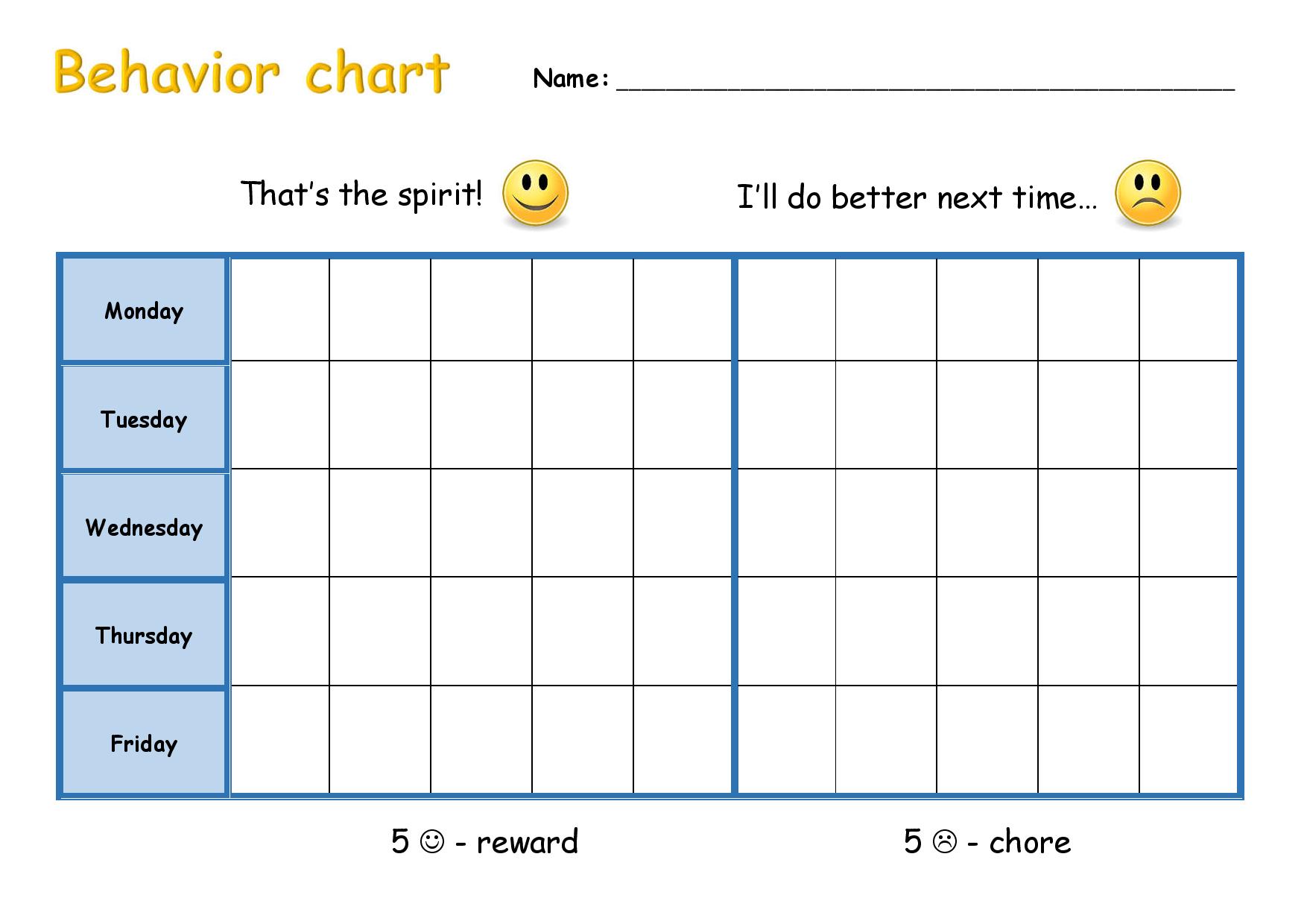The 8 Steps to College Admissions is a concise system to improve an applicant’s chance of being admitted to college and reducing overall college costs and anxiety for the entire family. This guidebook is for students, parents, mentors, and professionals looking for a simple way to access and organize information to apply for admission to college and financial aid. This edition has been written with essential questions for every family to ask and offers general strategies for success with admissions. Each college has individual requirements, policies, and deadlines for admissions that may change each year; this can be frustrating for laymen to understand the process for admission and financial aid. Ask an expert when you have a question.
This short guidebook focuses on admissions to colleges in the United States. There are examples from public and private colleges, Common App, FAFSA, Naviance, and more tools you may not be familiar. The goal is for each family to utilize available resources to prepare for college aligned with career and life goals; however, there is not a single American standard for college admissions or financial aid, so each applicant must learn how to research and confirm deadlines and requirements for admissions; these skills are key to complete college and succeed in a career. Questioning the big picture of the purpose of life and how to finance one’s dreams is part of the process of applying to college, so it’s easy to drift into dreams or financial uncertainty; so, this guidebook places the big questions in life in perspective of college admissions, and encourages youth to talk to family and trusted mentors about the important things in life.
Let’s talk about college. What are the basic criteria for admission to college? There are 3 key criteria that most college counselors use as indicators of
College Readiness:
1) Good grades in rigorous courses,
2) High scores on standardized tests
3) Demonstrated accomplishments in leadership roles.
Highly selective colleges often use more than 25 criteria; nonetheless, these 3 criteria are the primary factors in admission decisions, and some colleges are open for all. Grades and test scores are transparent, numeric indicators of whether an applicant meets the minimum requirements for admission; these indicators also allow comparison of a student against other applicants and successful admits from previous years. The greater challenge for prospective college students is to demonstrate true leadership in organizations, whether inside or outside of the school setting. Demonstrated responsibility and leadership are keys to admissions into selective colleges.
| Category | Featured, Other |
| Tag | 10th Grade, 11th Grade, 12th Grade, College/University |





Write a Review
Leave a reply Cancel reply